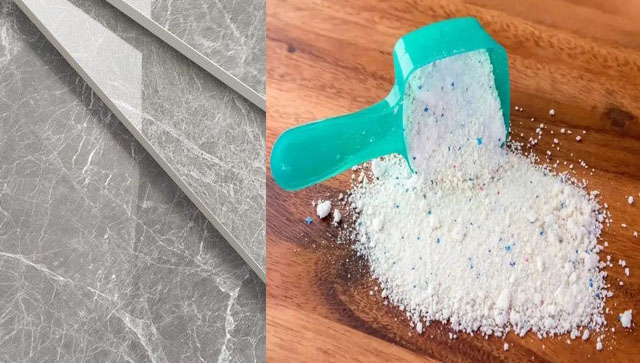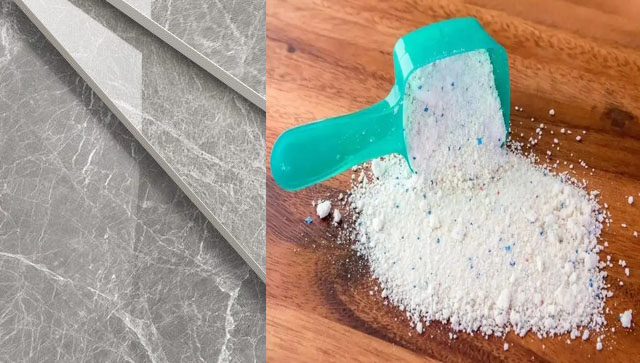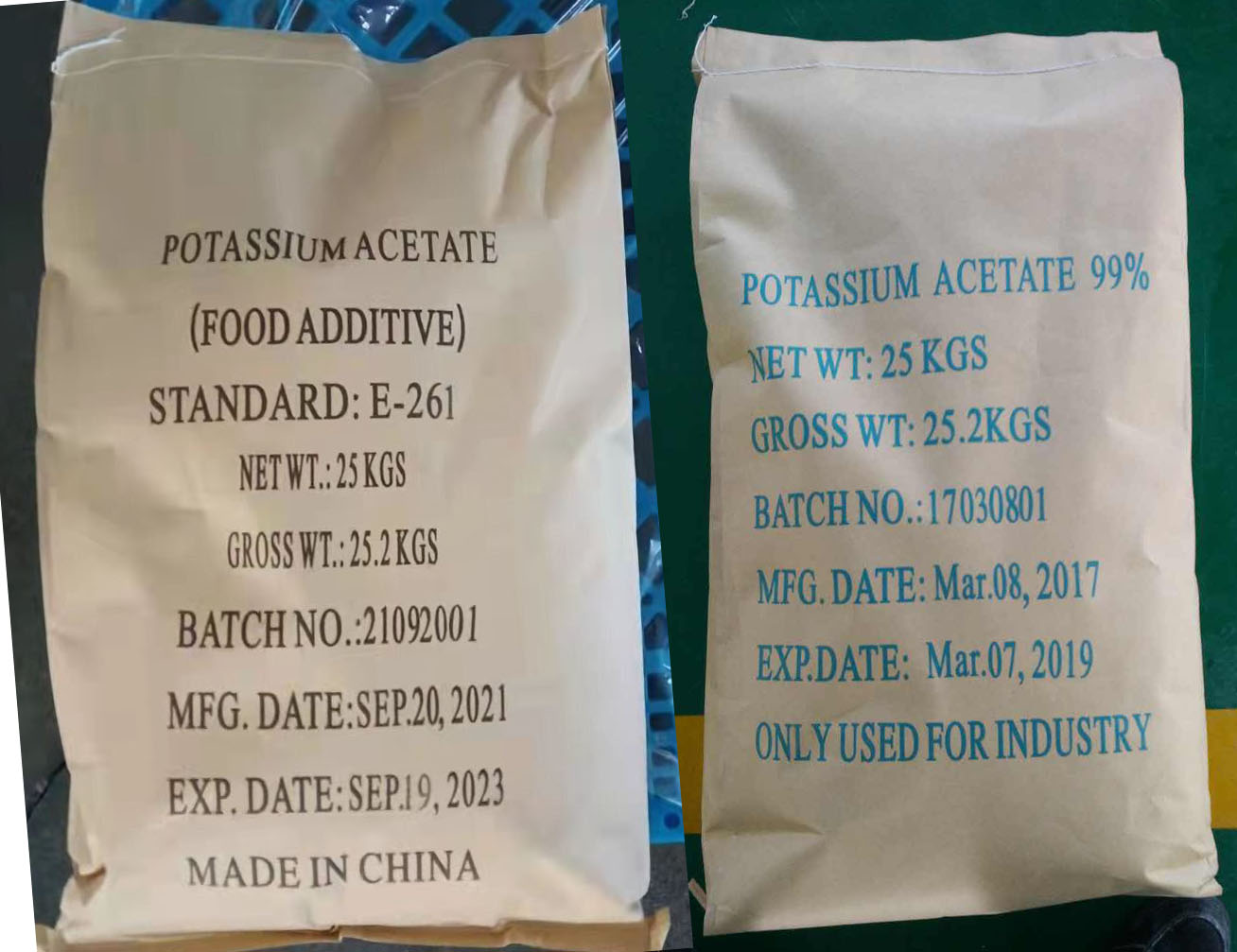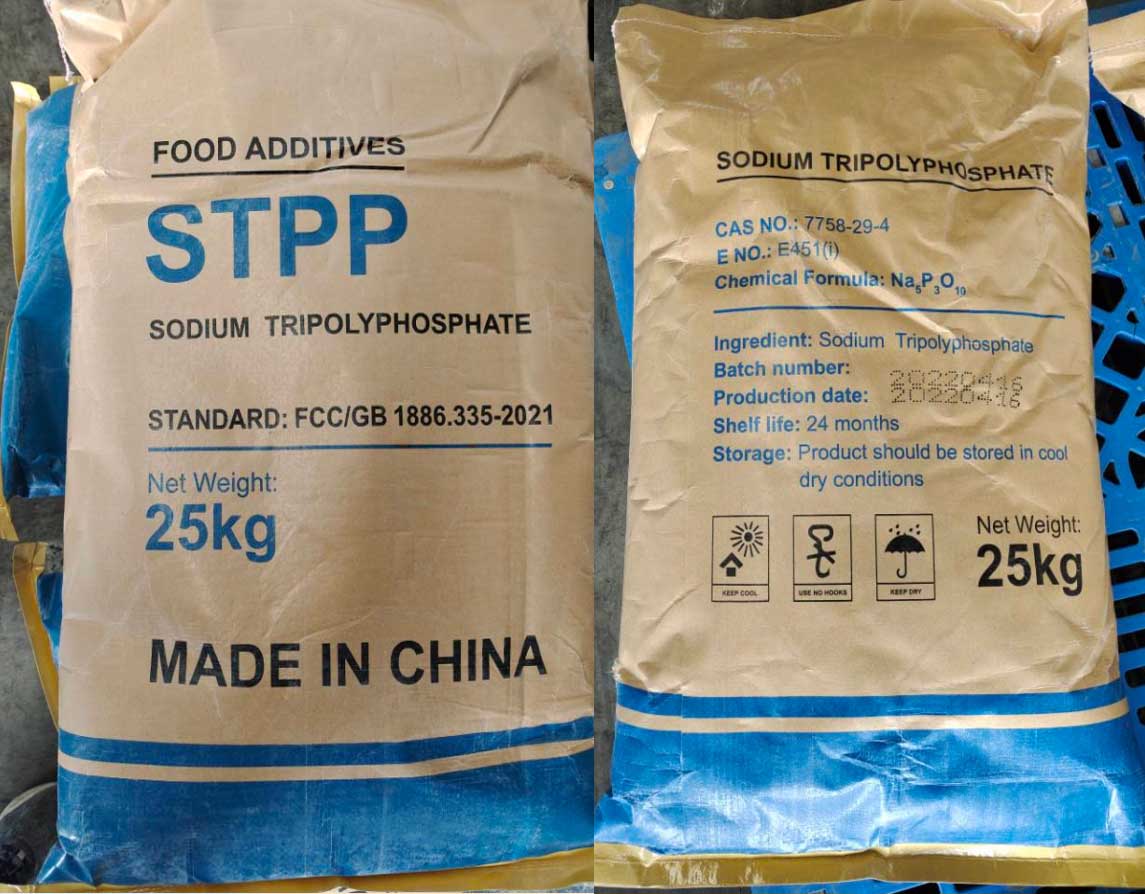✅ Application of Tetrapotassium Pyrophosphate (TKPP) in the Plating Industry (Detailed)
Tetrapotassium Pyrophosphate (TKPP) is widely used in the electroplating industry due to its excellent properties as a complexing agent, dispersant, and buffering agent. It plays a vital role in ensuring stable plating baths, controlling metal ion concentration, and improving the overall quality of electroplated coatings.
✅ Functions of TKPP in Electroplating:
Complexation of metal ions: TKPP forms stable complexes with metal ions (such as Zn²⁺, Cu²⁺, and Cd²⁺), preventing the precipitation of unwanted compounds and ensuring a steady supply of metal ions for deposition.
Buffering action: TKPP helps to maintain the pH of the plating bath within an optimal range, which is essential for consistent plating quality.
Dispersing agent: TKPP can prevent the agglomeration of particles and impurities in the bath, ensuring a smooth, defect-free metal layer.
Improved throwing power: TKPP helps achieve uniform thickness even on complex surfaces.
Enhancement of brightness: With TKPP, the final plated surface can achieve better gloss and smoothness.
✅ Typical Dosage of TKPP in Plating Baths:
The dosage of TKPP varies depending on the type of metal being plated and the specific bath formulation. Below are typical usage ranges:
| Plating Type | TKPP Dosage (g/L) | Remarks |
|---|---|---|
| Zinc Electroplating | 30 – 60 | Works as a primary complexing agent. |
| Cadmium Electroplating | 25 – 50 | Stabilizes the plating bath. |
| Copper Electroplating | 15 – 40 | Supports pH stability and metal control. |
| Alloy Electroplating | 20 – 45 | Enhances deposition uniformity. |
💡 Note: Actual dosages should be adjusted according to bath composition, pH, temperature, and production conditions. Regular analysis of the plating bath is recommended to optimize TKPP concentration.
✅ Benefits of Using TKPP in Electroplating:
Stable plating solution: Reduces the risk of metal hydroxide precipitation.
Longer bath life: TKPP maintains bath chemistry, reducing the frequency of solution replacement.
High-purity product: Industrial-grade TKPP typically meets purity standards that prevent bath contamination.
Enhanced plating efficiency: Supports high current densities with uniform metal distribution.
Eco-friendly option: Phosphate-based additives like TKPP are safer alternatives to more toxic complexing agents.
✅ Safety and Handling:
TKPP is generally safe to handle when using appropriate protective equipment.
Ensure proper ventilation in plating workshops.
Store in a dry, cool environment to prevent moisture absorption, as TKPP is highly hygroscopic.




